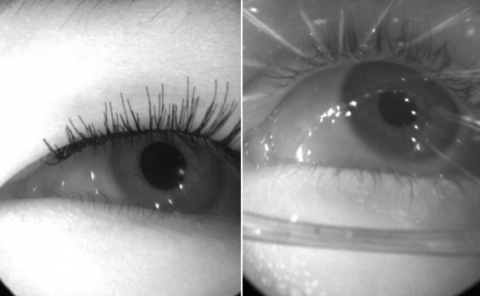A Survey on 3D Gaussian Splatting
PubDate: Jan 2024
Teams:Zhejiang University
Writers:Guikun Chen, Wenguan Wang
PDF:A Survey on 3D Gaussian Splatting
Abstract
3D Gaussian splatting (3D GS) has recently emerged as a transformative technique in the explicit radiance field and computer graphics landscape. This innovative approach, characterized by the utilization of millions of 3D Gaussians, represents a significant departure from the neural radiance field (NeRF) methodologies, which predominantly use implicit, coordinate-based models to map spatial coordinates to pixel values. 3D GS, with its explicit scene representations and differentiable rendering algorithms, not only promises real-time rendering capabilities but also introduces unprecedented levels of control and editability. This positions 3D GS as a potential game-changer for the next generation of 3D reconstruction and representation. In the present paper, we provide the first systematic overview of the recent developments and critical contributions in the domain of 3D GS. We begin with a detailed exploration of the underlying principles and the driving forces behind the advent of 3D GS, setting the stage for understanding its significance. A focal point of our discussion is the practical applicability of 3D GS. By facilitating real-time performance, 3D GS opens up a plethora of applications, ranging from virtual reality to interactive media and beyond. This is complemented by a comparative analysis of leading 3D GS models, evaluated across various benchmark tasks to highlight their performance and practical utility. The survey concludes by identifying current challenges and suggesting potential avenues for future research in this domain. Through this survey, we aim to provide a valuable resource for both newcomers and seasoned researchers, fostering further exploration and advancement in applicable and explicit radiance field representation.

